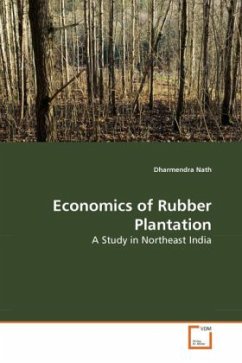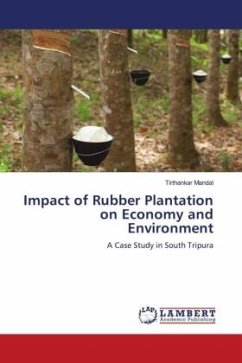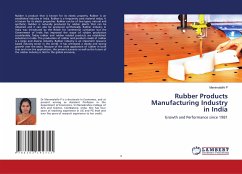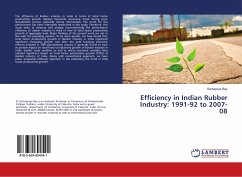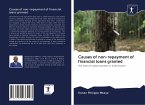Natural rubber is a fully commercial perennial tree crop. Its economics is hence different from that of annual field crops like cereals. South and Southeast Asian countries like Thailand, Indonesia, Malaysia and India dominate the world natural rubber production. Due to growing paucity of land in the traditional rubber belts, rubber plantations have of late been extended to nontraditional areas within and outside these countries. The economics of natural rubber in nontraditional areas has been explored in the book taking a location in Northeast India as a test case. The growth of area, production and yield of rubber in the location has been analyzed, and the economic and the environmental impacts of this new activity have been estimated. Using an iterative cost-benefit analysis, the economic sustainability of rubber in these new areas under alternative cost- price scenarios has also been explored. The book should be of interest to land use planners, students of the economics of perennial crops and, of course, those interested in the business of rubber.
Bitte wählen Sie Ihr Anliegen aus.
Rechnungen
Retourenschein anfordern
Bestellstatus
Storno

